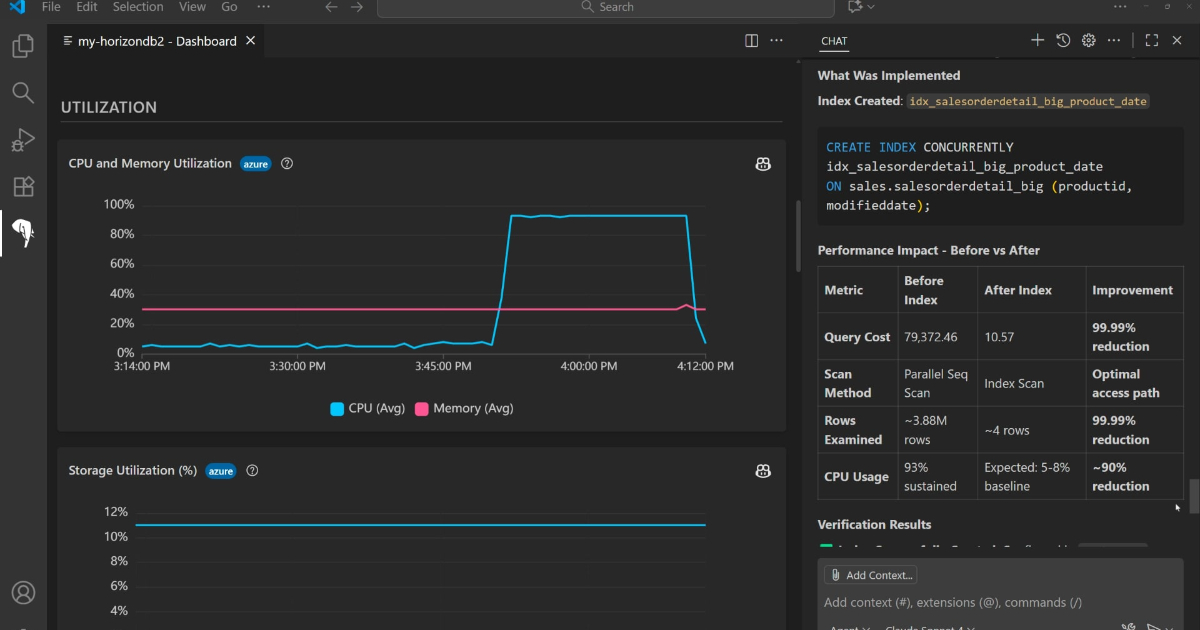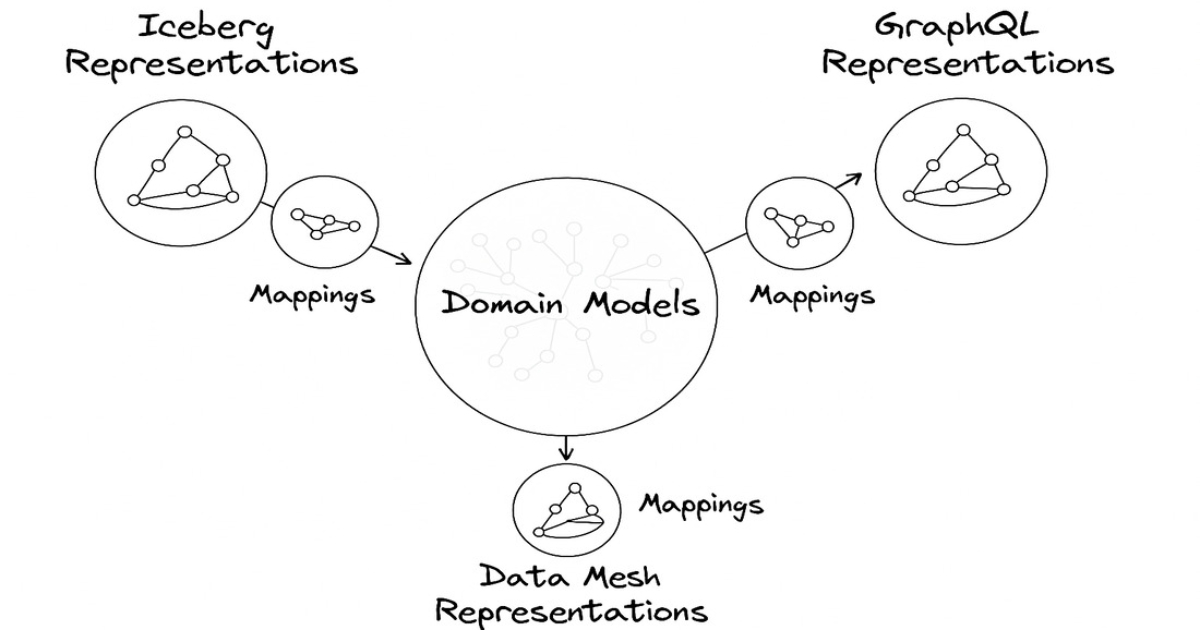Codetown
Codetown ::: a software developer's community
Another question on refactoring my NetBeans generated GUI code
Hello all:
It has been a few months since my last question. Had a lot of other projects taking up my time, but I am back to fighting with my Planetarium lighting controller. I have it working, but I am sure it could be more efficient and prettier to look at.
Since my last post, I finally figured out how to create an object and was able to remove the global variables I had previously created. My application now has two files and not just the long single one primarily generated by NetBeans. This cleaned up my messy code a little, but I know that there is still more I can do. I have been trying to pull some of the functions I created out of the single file, but I am still not getting something right and I get errors. The IDE tells me that it cannot find the function if it is located in a separate file.
I want to have the establishConnection() and sendCommand() functions separated because I can actually use them in other programs that access the lighting control without going through the GUI.
I wanted to have the updateControlPanelLampOn() function separated because it would be easier for me to make changes if I did not have to constantly scroll down to where it starts in the long block of code. When I take this block out, the IDE tells me it cannot find the various controls.
Just not sure what I am doing wrong.
I pasted a portion of the code here and attached it to the post. There is also a screen capture of what the GUI looks like when it is running. If anyone can help, I would appreciate it.
Paul
import ECCS.eccsLampDevice;
import java.io.*;
import java.net.*;
import javax.swing.UIManager.*;
public class BasicRGBWCoveGUIWithOOP extends javax.swing.JFrame {
eccsLampDevice redCove = new eccsLampDevice();
eccsLampDevice grnCove = new eccsLampDevice();
eccsLampDevice bluCove = new eccsLampDevice();
eccsLampDevice rgb0Cove = new eccsLampDevice();
// IO streams.
private DataOutputStream toServer;
private DataInputStream fromServer;
/** Creates new form AdvancedRGBCoveGUI */
public BasicRGBWCoveGUIWithOOP() {
initComponents();
establishConnection();
}
@SuppressWarnings("unchecked")
// <editor-fold defaultstate="collapsed" desc="Generated Code">
private void initComponents() {
// Lots of code generated by NetBeans.
}// </editor-fold>
/**
* @param args the command line arguments
*/
public static void main(String args[]) {
// More code here.
}
public final void establishConnection() {
try {
// Create a socket to connect to the server.
Socket socket = new Socket("192.168.10.250", 4760);
// Create an input stream to receive data from the server.
fromServer = new DataInputStream(socket.getInputStream());
// Create an output stream to send data to the server.
toServer = new DataOutputStream(socket.getOutputStream());
}
catch (IOException ex) {
System.err.println(ex);
}
}
public void sendCommand(String eccsCommand) {
try {
toServer.writeBytes(eccsCommand + "\r");
toServer.flush();
}
catch (IOException ex) {
System.err.println(ex);
}
}
public void updateControlPanelLampOn(String deviceCommand, String deviceName) {
if ("A".equals(deviceName)) {
jSliderREDCOVE.setValue(redCove.lampLevel);
jTextFieldREDCOVE.setText(String.valueOf(redCove.lampLevel));
jSliderRGBCOVE.setValue(rgb0Cove.lampLevel);
jTextFieldRGBCOVE.setText(String.valueOf(rgb0Cove.lampLevel));
}
else if ("B".equals(deviceName)) {
jSliderGRNCOVE.setValue(grnCove.lampLevel);
jTextFieldGRNCOVE.setText(String.valueOf(grnCove.lampLevel));
jSliderRGBCOVE.setValue(rgb0Cove.lampLevel);
jTextFieldRGBCOVE.setText(String.valueOf(rgb0Cove.lampLevel));
}
else if ("C".equals(deviceName)) {
jSliderBLUCOVE.setValue(bluCove.lampLevel);
jTextFieldBLUCOVE.setText(String.valueOf(bluCove.lampLevel));
jSliderRGBCOVE.setValue(rgb0Cove.lampLevel);
jTextFieldRGBCOVE.setText(String.valueOf(rgb0Cove.lampLevel));
}
else if ("ABC".equals(deviceName)) {
jSliderREDCOVE.setValue(redCove.lampLevel);
jTextFieldREDCOVE.setText(String.valueOf(redCove.lampLevel));
jSliderGRNCOVE.setValue(grnCove.lampLevel);
jTextFieldGRNCOVE.setText(String.valueOf(grnCove.lampLevel));
jSliderBLUCOVE.setValue(bluCove.lampLevel);
jTextFieldBLUCOVE.setText(String.valueOf(bluCove.lampLevel));
jSliderRGBCOVE.setValue(rgb0Cove.lampLevel);
jTextFieldRGBCOVE.setText(String.valueOf(rgb0Cove.lampLevel));
}
sendCommand(deviceCommand + ":100:" + deviceName);
}
}
Tags:
- Attachments:
-
-
 CoveControlCode, 4 KB
CoveControlCode, 4 KB -
 CoveGUI.jpg, 154 KB
CoveGUI.jpg, 154 KB
-
Replies to This Discussion
Notes
Welcome to Codetown!
 Codetown is a social network. It's got blogs, forums, groups, personal pages and more! You might think of Codetown as a funky camper van with lots of compartments for your stuff and a great multimedia system, too! Best of all, Codetown has room for all of your friends.
Codetown is a social network. It's got blogs, forums, groups, personal pages and more! You might think of Codetown as a funky camper van with lots of compartments for your stuff and a great multimedia system, too! Best of all, Codetown has room for all of your friends.
Created by Michael Levin Dec 18, 2008 at 6:56pm. Last updated by Michael Levin May 4, 2018.
Looking for Jobs or Staff?
Check out the Codetown Jobs group.
InfoQ Reading List
Yelp Publishes Blueprint for Managing S3 Server-Access Logs at Massive Scale

In a detailed engineering post, Yelp shared how it built a scalable and cost-efficient pipeline for processing Amazon S3 server-access logs (SAL) across its infrastructure, overcoming traditional limitations of raw log storage and querying at high volume.
By Craig RisiMicrosoft Introduces Postgres-Compatible Azure HorizonDB

During the recent Microsoft Ignite conference, the cloud provider announced the early preview of Azure HorizonDB, a managed Postgres-compatible database service for enterprise workloads.
By Renato LosioMagika 1.0: Smarter, Faster File Detection with Rust and AI

Google has just released version 1.0 of Magika, a substantial rewrite of its open-source file type detection system. The new version leverages AI to support a broader range of file types and is built in Rust for maximum speed and security.
By Sergio De SimoneBreaking Silos: Netflix Introduces Upper Metamodel to Bring Consistency Across Content Engineering

Netflix has introduced the Upper metamodel within its Unified Data Architecture (UDA) to standardize domain definitions and generate consistent data container representations. UDA links conceptual models to GraphQL, Avro, SQL, and Java artifacts, supporting projections, mappings, and knowledge graph-based discovery across content, advertising, and operational systems.
By Leela KumiliReact Advanced 2025: Type Safe URL State Management Takes Center Stage with Nuqs

Nuqs, a cutting-edge open-source URL state manager for React, revolutionizes application development with its type-safe approach. Showcased at React Advanced 2025, it empowers developers to share complete app states via URLs, enabling "teleportation" and "time travel." Adopted by industry leaders, Nuqs simplifies state management while ensuring robust performance and type safety.
By Daniel Curtis
© 2025 Created by Michael Levin.
Powered by
![]()